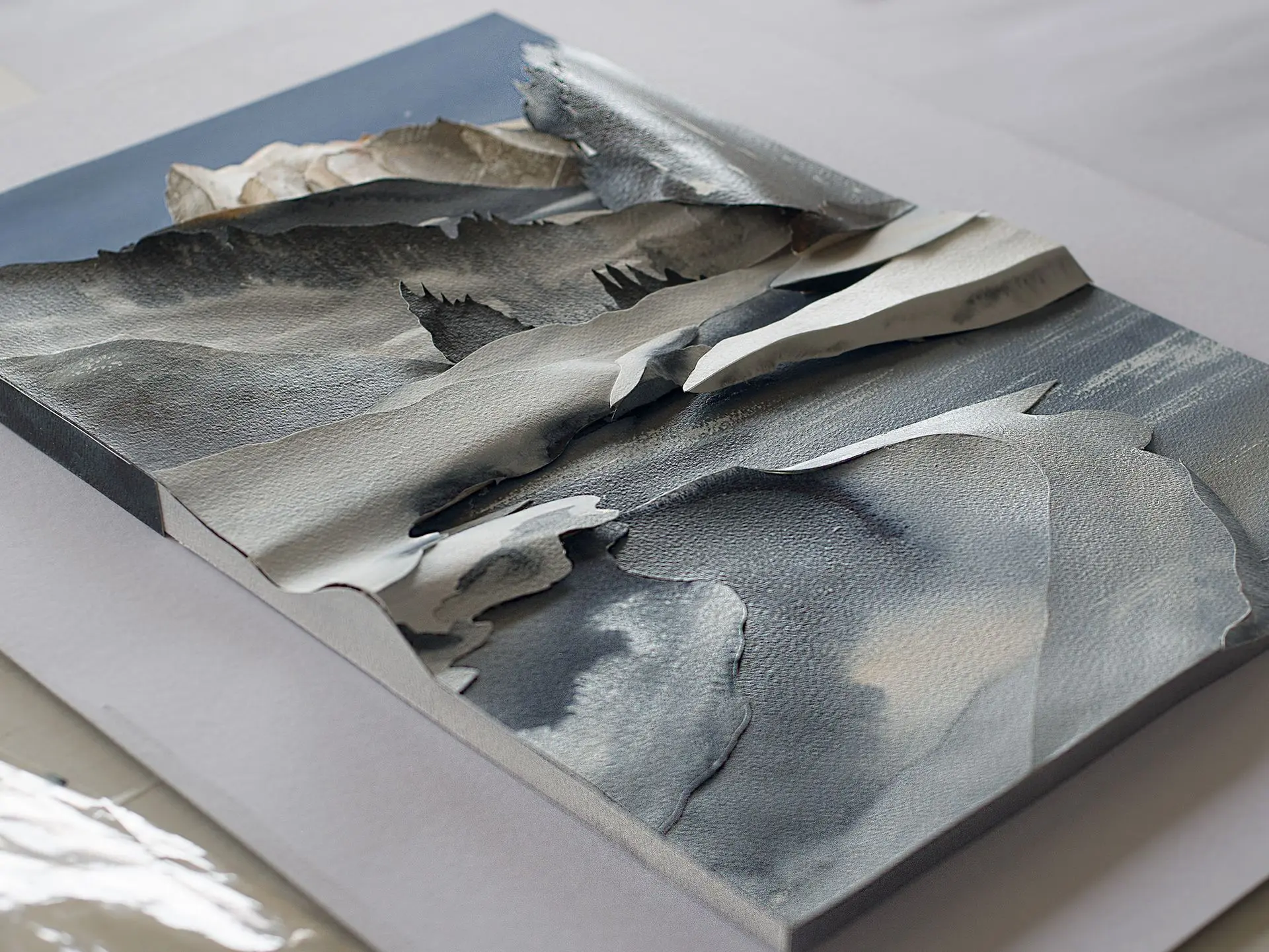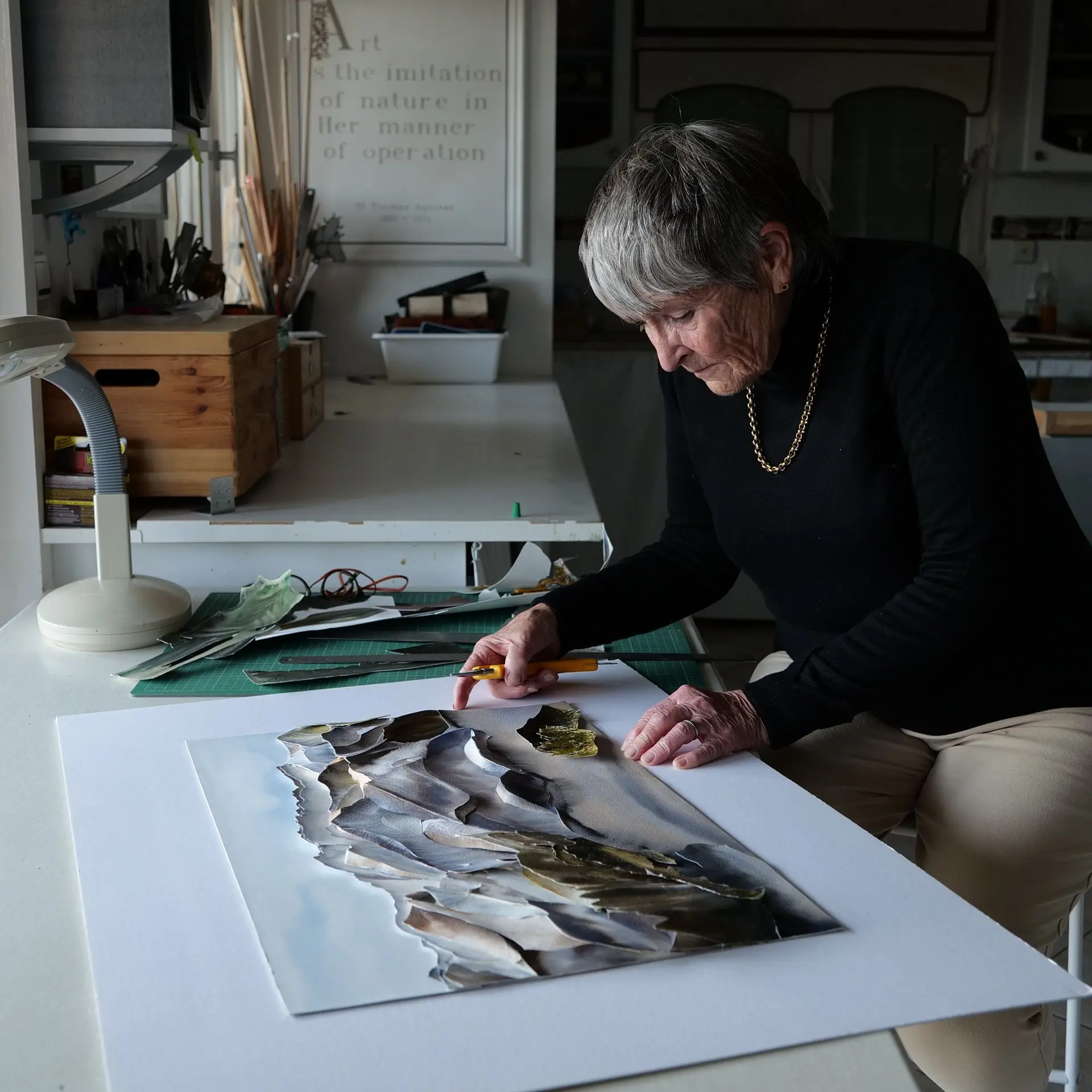
1️⃣ Inspiration: The Heart of it All
🌍 Where Creativity Begins
The foundation of Prue Bishop’s work is deeply experiencing landscapes firsthand. Whether collecting vegetation to mix the perfect green for the Chartreuse region or using Google Earth to explore Arctic landscapes, each painting is rooted in research and lived experience.
📍 Example:
When painting the Swiss Alps, Prue physically observed the subtle seasonal color shifts to ensure authenticity in her work.
📌 Explore how real-world experiences shape each painting
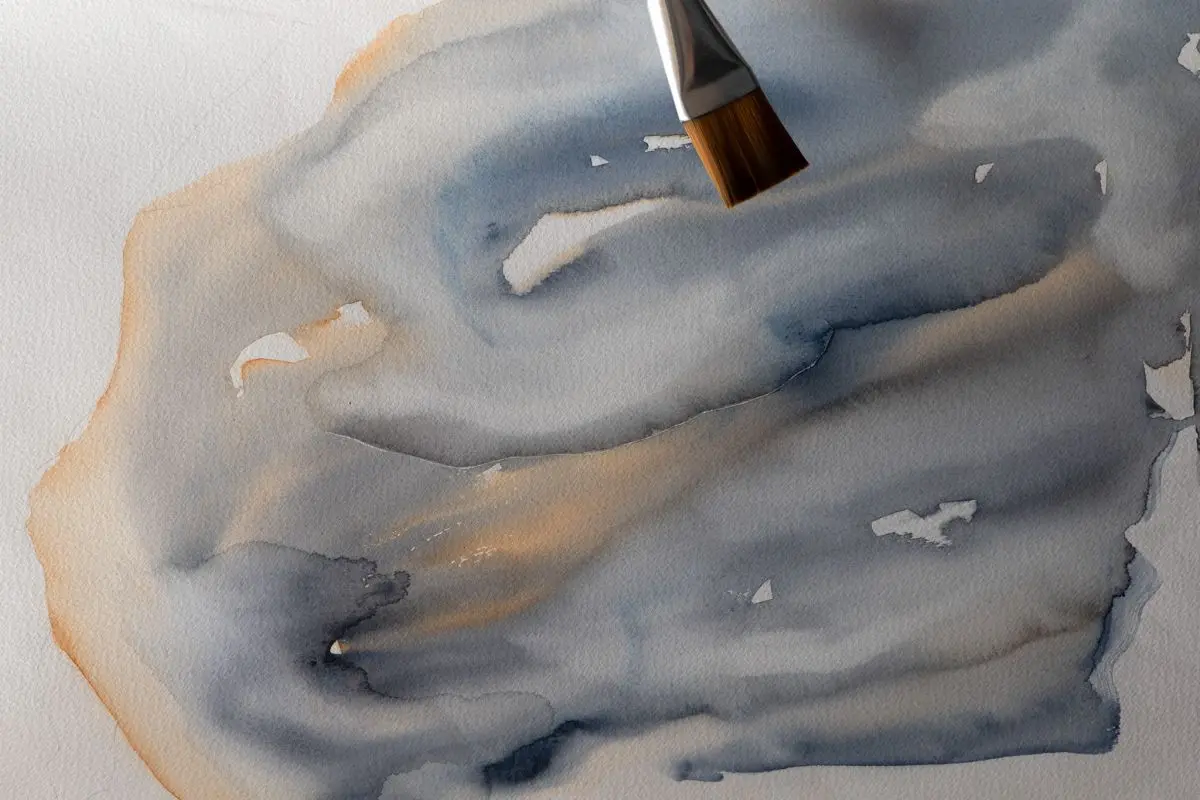
2️⃣ The Creative Process: From inspiration to Artwork
🖌️ 10 Paintings for Every Final Masterpiece
Unlike traditional watercolor artists, Prue creates at least ten watercolor studies before constructing a final sculptural painting. This ensures perfect perspective, depth, and emotion.
📍 Example:
The Chillon Castle painting required vanishing points that extended beyond the table—a feat requiring precise calculations to make the depth feel real.
📌 Discover the step-by-step transformation
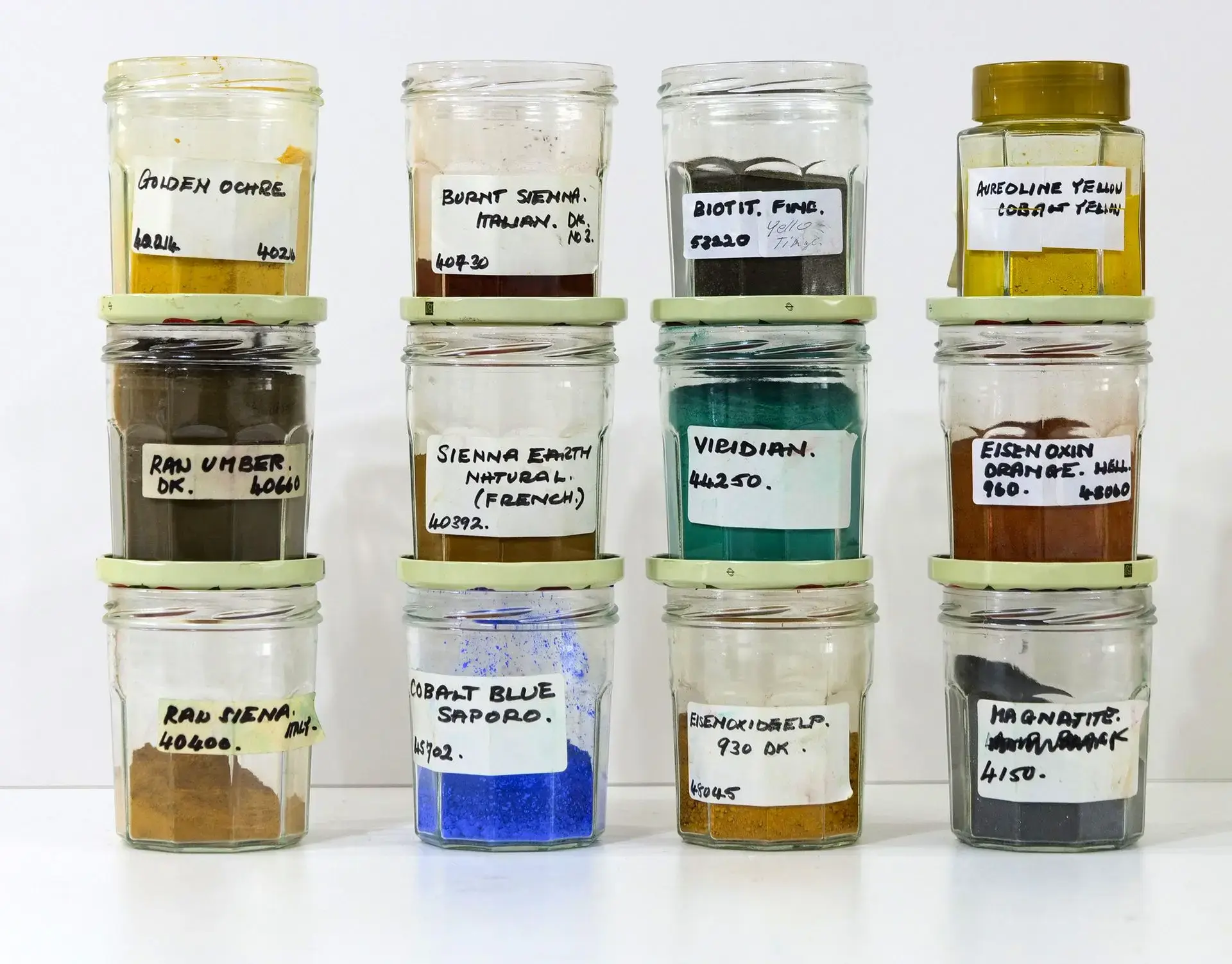
3️⃣ The Materials: Traditonal Meets Innovation
🎨 Time-Honoured Watercolour, Reimagined
Prue Bishop honors centuries-old watercolor traditions, using specific paper sizes and historic pigments while integrating balsa wood, layered cardboard, and cutting techniques to bring depth to her work.
📍 Example:
She follows Turner’s color theory, ensuring each piece contains a three-pigment palette for perfect balance and harmony.
📌 Learn how materials bring dimension to the art
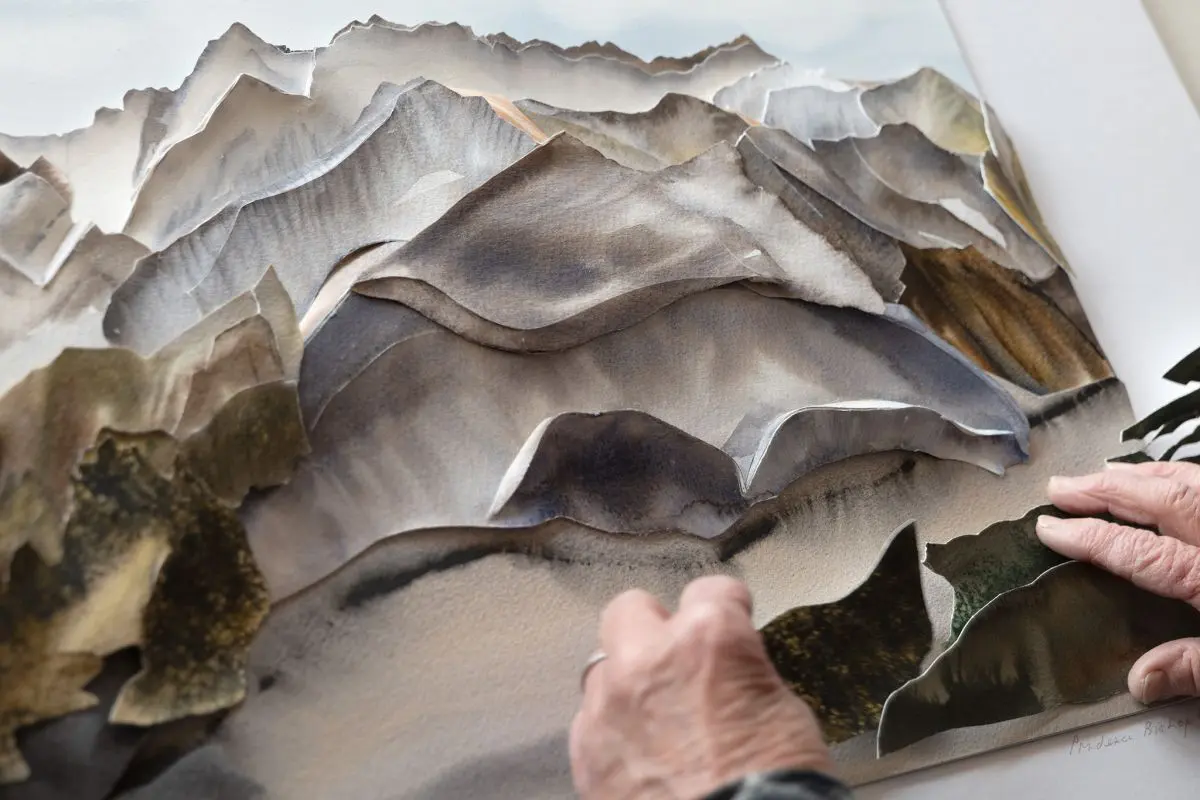
4️⃣ Final Assembly: How It Comes Together
✂️ Cutting, Layering & Sculpting Depth
The final artwork emerges when the watercolor studies are carefully cut along painted lines, layered, and backed with structural supports like balsa wood.
📍 Example:
In "The Trillion-Ton Glacier," the piece needed a real curve to capture the movement of ice—so Prue sawed the painting in half and physically bent it.
📌 See how sculptural watercolor takes form
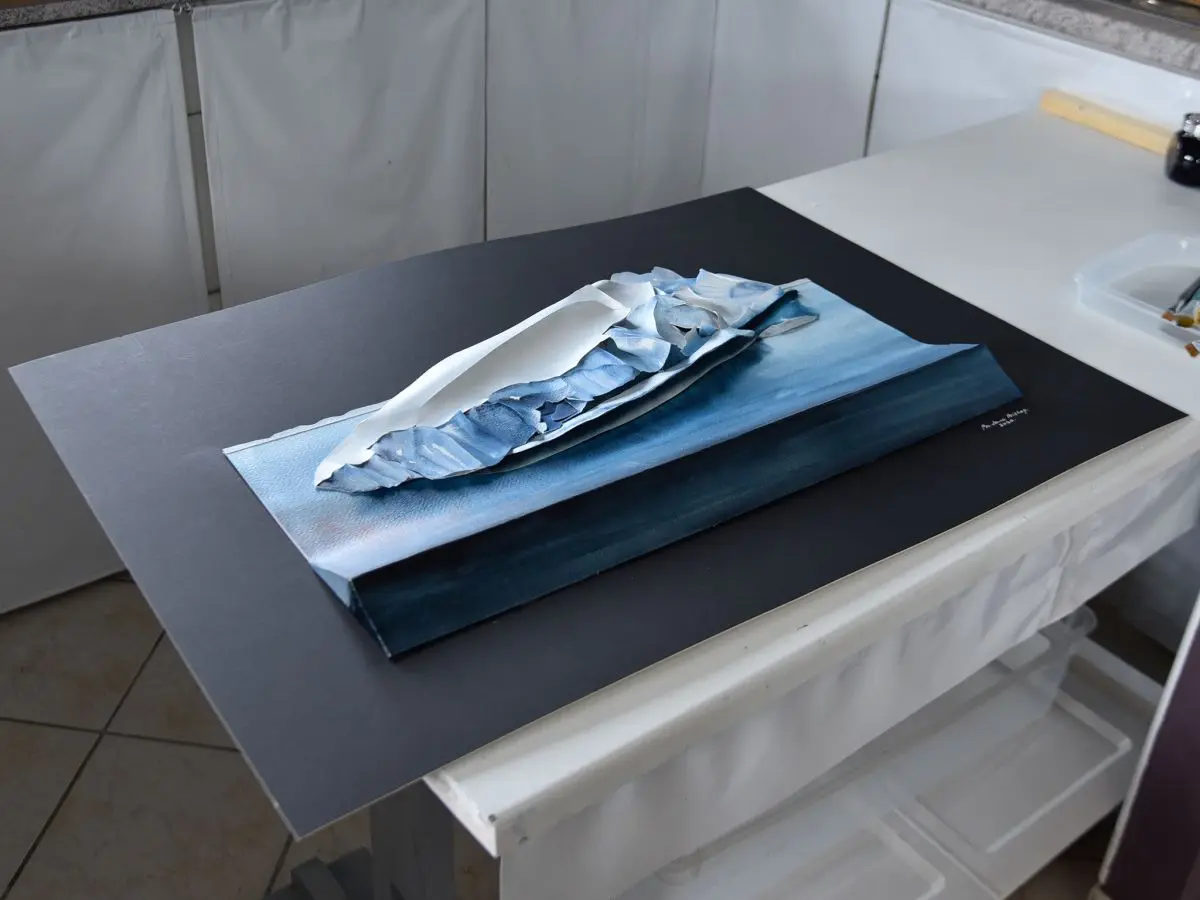
5️⃣ Global Warming & Environmental Themes
🌍 Painting the Planet’s Changes in Real-Time
Living in the Alps for decades, Prue has witnessed the climate crisis firsthand—with disappearing snow, receding glaciers, and shifting seasons. Her Global Warming series reflects this urgent reality.
📍 Example:
During COVID lockdowns, she dove into scientific research—studying National Geographic reports, Scott Expedition data, and satellite images—to document climate change through her art.
📌 Explore how landscapes are disappearing
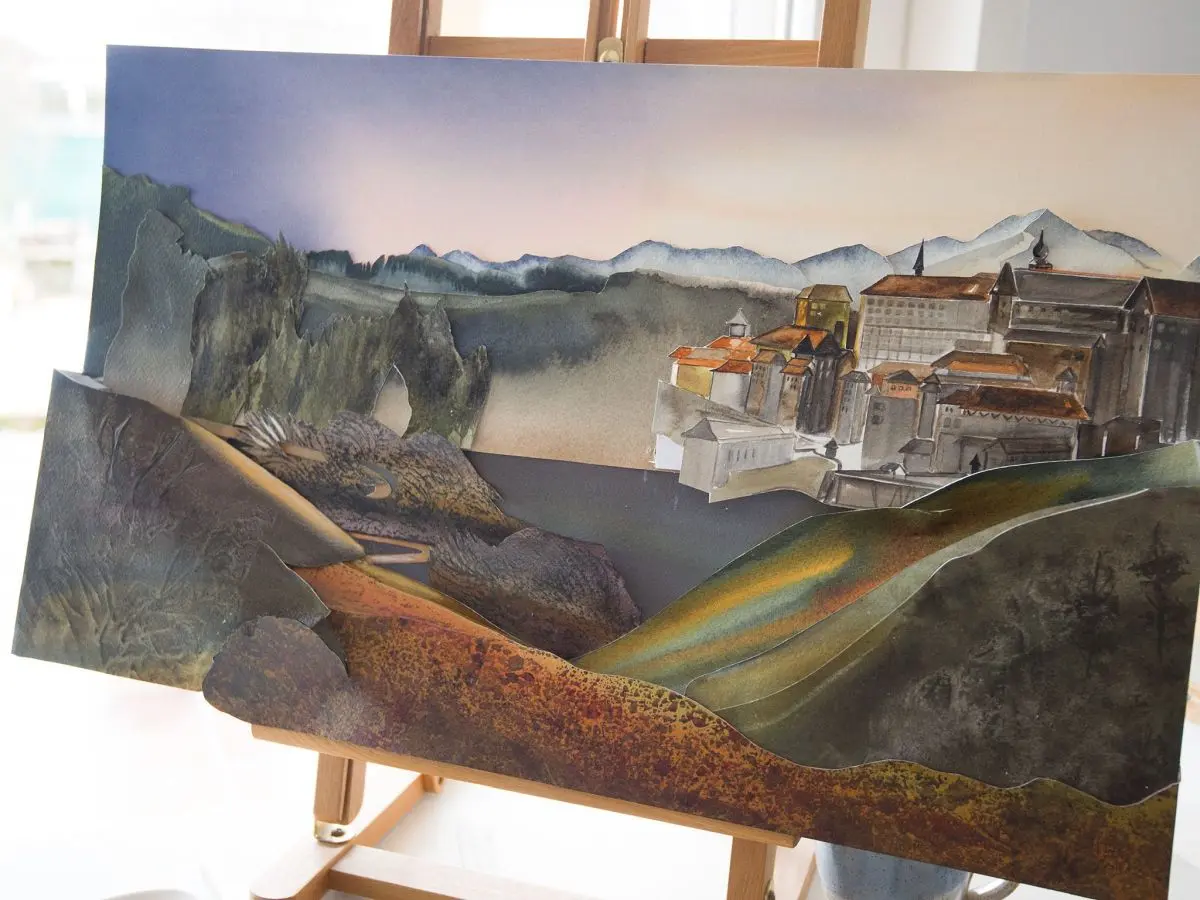
6️⃣ A Lifelong Dedication to Watercolour
📜 Mastering a Process That Has Never Changed
For 25 years, Prue has refined her sculptural watercolor process without ever needing to alter its core principles—proof of its timelessness and authenticity.
📍 Example:
She stretches her paper using a traditional gummed tape technique and follows a meticulous process of cutting, layering, and assembling.
📌 Learn why sculptural watercolor stands the test of time

1️⃣ Inspiration: Der Ursprung aller Kreativität
🌍 Wo alles beginnt
Die Grundlage von Prue Bishops Arbeit ist das direkte Erleben von Landschaften. Ob sie Pflanzen sammelt, um das perfekte Grün für die Chartreuse-Region zu mischen, oder per Google Earth arktische Gebiete erkundet – jedes Werk basiert auf Recherche und gelebter Erfahrung.
📍 Beispiel:
Beim Malen der Schweizer Alpen beobachtete Prue die feinen saisonalen Farbveränderungen persönlich, um authentisch zu bleiben.
📌 Entdecken Sie, wie reale Erlebnisse jedes Gemälde prägen

2️⃣ Der kreative Prozess: Von der Idee zum Kunstwerk
🖌️ 10 Studien für jedes Meisterwerk
Im Gegensatz zu klassischen Aquarellkünstler:innen fertigt Prue mindestens zehn Studien an, bevor sie ein skulpturales Hauptwerk erstellt. So entstehen perfekte Perspektive, Tiefe und Emotion.
📍 Beispiel:
Beim Gemälde vom Schloss Chillon mussten Fluchtpunkte über die Tischkante hinaus berechnet werden – eine technische Meisterleistung, um Tiefe realistisch erscheinen zu lassen.
📌 Erleben Sie die Transformation Schritt für Schritt

3️⃣ Die Materialien: Tradition trifft Innovation
🎨 Traditionelles Aquarell, neu interpretiert
Prue Bishop ehrt jahrhundertealte Aquarelltraditionen, verwendet bestimmte Papierformate und historische Pigmente – kombiniert mit Balsaholz, Karton und Schneidetechniken für räumliche Tiefe.
📍 Beispiel:
Sie folgt der Farbtheorie von Turner und verwendet stets eine Dreifarbpalette für perfekte Balance und Harmonie.
📌 Erfahren Sie, wie Materialien dem Werk Dimension verleihen

4️⃣ Der Zusammenbau: So entsteht das Kunstwerk
✂️ Schnitt, Schichtung & Skulpturale Tiefe
Das finale Kunstwerk entsteht durch sorgfältiges Ausschneiden entlang gemalter Linien, Schichtung und Verstärkung mit Balsaholz oder ähnlichen Materialien.
📍 Beispiel:
Für „The Trillion-Ton Glacier“ wurde das Werk in zwei Teile gesägt und physisch gebogen, um die Bewegung des Eises realistisch darzustellen.
📌 So nimmt skulpturales Aquarell Gestalt an

5️⃣ Klimawandel & Umweltthemen
🌍 Die Veränderungen des Planeten in Echtzeit malen
Nach Jahrzehnten in den Alpen hat Prue den Klimawandel hautnah erlebt – mit schmelzendem Schnee, zurückweichenden Gletschern und veränderten Jahreszeiten. Ihre „Global Warming“-Serie dokumentiert diese Realität.
📍 Beispiel:
Während der COVID-Lockdowns betrieb sie wissenschaftliche Recherche – mit Satellitenbildern, Berichten von National Geographic und Expeditionsdaten.
📌 Erfahren Sie, wie Landschaften verschwinden

6️⃣ Eine lebenslange Hingabe an das Aquarell
📜 Ein Prozess, der nie verändert werden musste
Seit 25 Jahren verfeinert Prue ihre Technik, ohne jemals die Grundprinzipien anzupassen – ein Beweis für Zeitlosigkeit und Authentizität.
📍 Beispiel:
Sie spannt ihr Papier traditionell mit Nassklebeband auf und folgt einem präzisen Prozess aus Schneiden, Schichten und Zusammenfügen.
📌 Erfahren Sie, warum Sculptural Watercolour® die Zeit überdauert

1️⃣ Inspiration : Au cœur de tout
🌍 Là où naît la créativité
La base du travail de Prue Bishop est l’expérience directe des paysages. Qu’elle collecte de la végétation dans le massif de la Chartreuse ou qu’elle explore les régions arctiques sur Google Earth, chaque œuvre est ancrée dans la recherche et le vécu.
📍 Exemple:
Pour peindre les Alpes suisses, Prue a observé sur place les subtiles variations saisonnières de couleurs afin d’assurer l’authenticité de son œuvre.
📌 Découvrez comment l’expérience du terrain façonne chaque peinture

2️⃣ Le processus créatif : De l'inspiration à l'œuvre finale
🖌️ 10 études pour chaque chef-d’œuvre final
Contrairement aux artistes aquarellistes traditionnels, Prue réalise au moins dix études avant de créer une œuvre sculpturale. Cela garantit une perspective, une profondeur et une émotion parfaites.
📍 Exemple:
Le tableau du Château de Chillon nécessitait des points de fuite allant au-delà de la table – un défi technique pour rendre la profondeur crédible.
📌 Découvrez la transformation étape par étape

3️⃣ Les matériaux : Tradition et innovation
🎨 L’aquarelle traditionnelle, réinventée
Prue Bishop respecte les traditions ancestrales de l’aquarelle, en utilisant des formats de papier spécifiques et des pigments historiques – tout en intégrant du balsa, du carton et des techniques de découpe pour créer de la profondeur.
📍 Exemple:
Elle suit la théorie des couleurs de Turner, en utilisant une palette de trois pigments pour un équilibre parfait.
📌 Apprenez comment les matériaux donnent du relief à l’art

4️⃣ Assemblage final : La création prend forme
✂️ Découpe, superposition & profondeur sculpturale
L’œuvre finale naît lorsque les études sont découpées selon les lignes peintes, superposées et renforcées avec du bois de balsa.
📍 Exemple:
Pour « The Trillion-Ton Glacier », elle a scié l’œuvre en deux et l’a physiquement pliée pour capturer le mouvement de la glace.
📌 Découvrez comment l’aquarelle sculpturale prend forme

5️⃣ Réchauffement climatique et environnement
🌍 Peindre les changements de la planète en temps réel
Installée dans les Alpes depuis des décennies, Prue a vécu la crise climatique – entre neiges qui fondent, glaciers qui reculent et saisons décalées. Sa série « Global Warming » reflète cette urgence.
📍 Exemple:
Pendant le confinement COVID, elle s’est plongée dans des recherches scientifiques – rapports de National Geographic, données satellites, expéditions...
📌 📌 Découvrez comment les paysages disparaissent

6️⃣ Une vie dédiée à l’aquarelle
📜 Maîtriser un processus inchangé
Depuis 25 ans, Prue perfectionne son processus sans jamais avoir besoin d’en modifier les principes fondamentaux – preuve de son authenticité.
📍 Exemple:
Elle tend son papier avec du ruban gommé traditionnel et suit un processus rigoureux de découpe, de superposition et d’assemblage.
📌 Comprenez pourquoi l’aquarelle sculpturale traverse les générations
